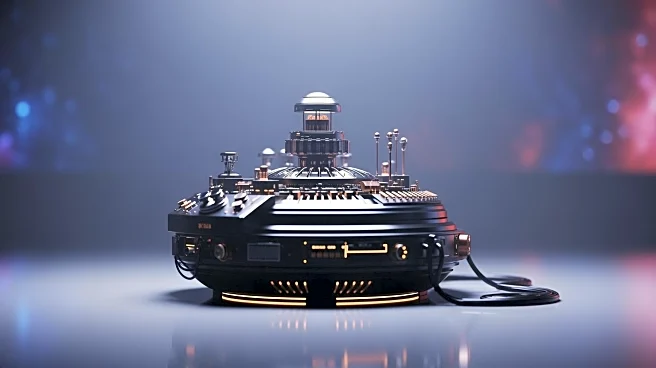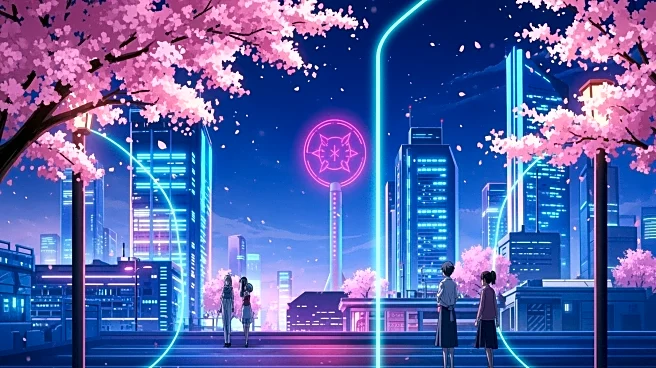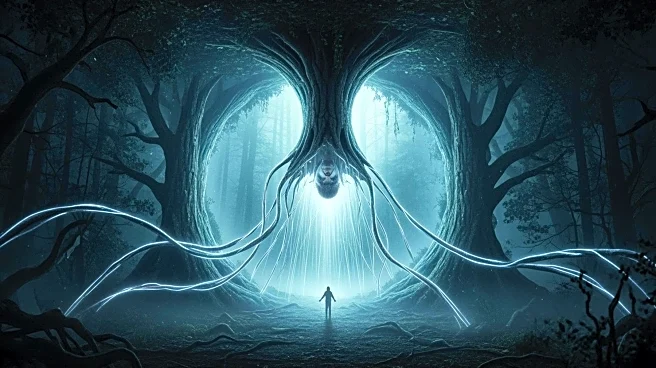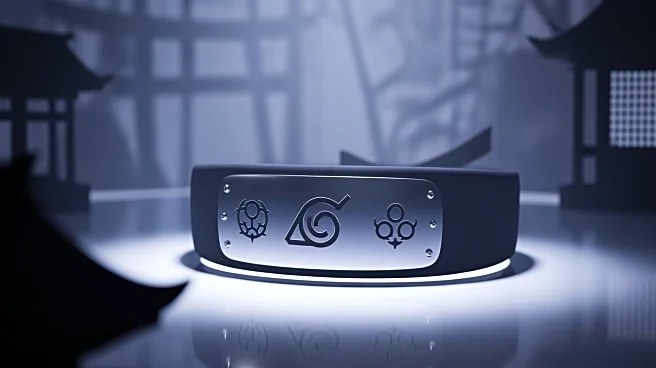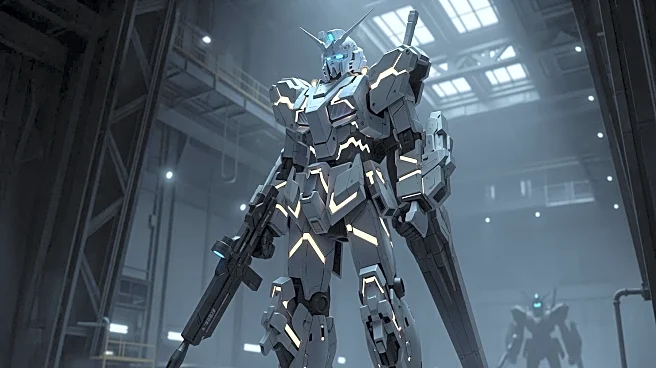What's Happening?
Mamoru Oshii, renowned for his work on Ghost in the Shell, disclosed in a recent interview that he had initially started working on the Naruto anime but left the project midway. Oshii, known for his philosophical storytelling, was drawn to Naruto's Shadow
Clone Technique, which he found fascinating due to its concept of compressing time through training with clones. Despite his interest, Oshii decided to step away from the project, citing his evolving creative approach that now focuses on adapting to the nature of each project rather than imposing his own ideas. Oshii's body of work includes influential films like Angel's Egg and the Patlabor series, characterized by their reflective tone and distinctive pacing.
Why It's Important?
Mamoru Oshii's involvement in the Naruto project, even briefly, highlights the potential for unique storytelling approaches in popular anime series. His departure underscores the challenges directors face in balancing personal creative vision with established franchise expectations. Oshii's decision to adapt his approach reflects broader industry trends where directors must navigate between innovation and audience expectations. This revelation may intrigue anime enthusiasts and industry professionals, offering insights into the creative processes behind major anime productions and the impact of directorial choices on the final product.
What's Next?
While Oshii's departure from Naruto is historical, it opens discussions on how different creative visions could have altered the series' trajectory. Industry observers may speculate on potential collaborations between Oshii and other anime projects, given his willingness to adapt his storytelling style. Fans might explore Oshii's existing works to understand his unique narrative approach, potentially influencing future anime productions. The anime industry continues to evolve, with directors like Oshii shaping its direction through innovative storytelling and adaptation.
Beyond the Headlines
Oshii's revelation about his brief involvement with Naruto highlights the dynamic nature of creative projects in the anime industry. It raises questions about the balance between artistic integrity and commercial viability, a common challenge for directors working within established franchises. Oshii's approach to adapting his style to fit different projects may inspire other creators to explore new narrative techniques, fostering diversity in anime storytelling. This development also reflects broader cultural shifts in the industry, where traditional storytelling methods are increasingly blended with modern, audience-driven approaches.






